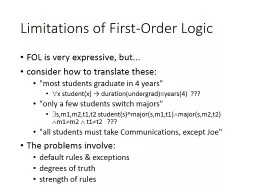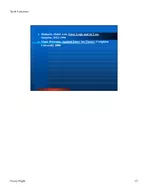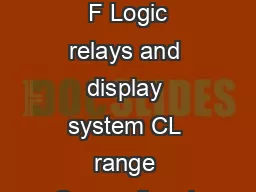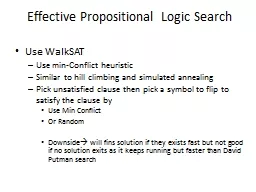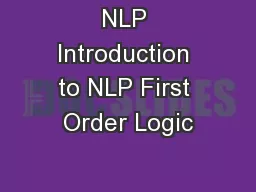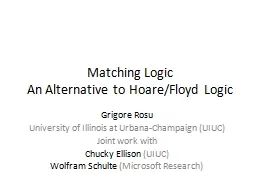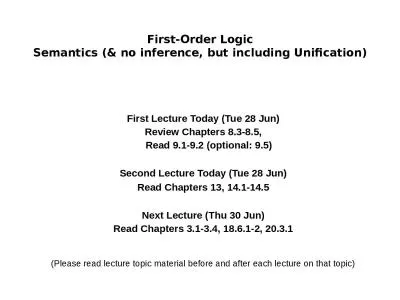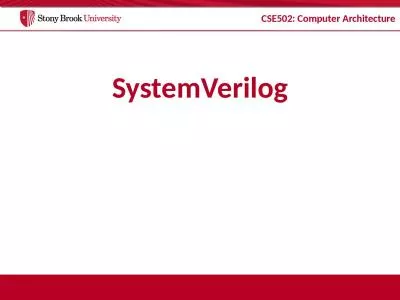PPT-Limitations of First-Order Logic
Author : tatyana-admore | Published Date : 2017-03-23
FOL is very expressive but consider how to translate these most students graduate in 4 years x studentx durationundergradyears4 only a few students switch majors
Presentation Embed Code
Download Presentation
Download Presentation The PPT/PDF document "Limitations of First-Order Logic" is the property of its rightful owner. Permission is granted to download and print the materials on this website for personal, non-commercial use only, and to display it on your personal computer provided you do not modify the materials and that you retain all copyright notices contained in the materials. By downloading content from our website, you accept the terms of this agreement.
Limitations of First-Order Logic: Transcript
Download Rules Of Document
"Limitations of First-Order Logic"The content belongs to its owner. You may download and print it for personal use, without modification, and keep all copyright notices. By downloading, you agree to these terms.
Related Documents

